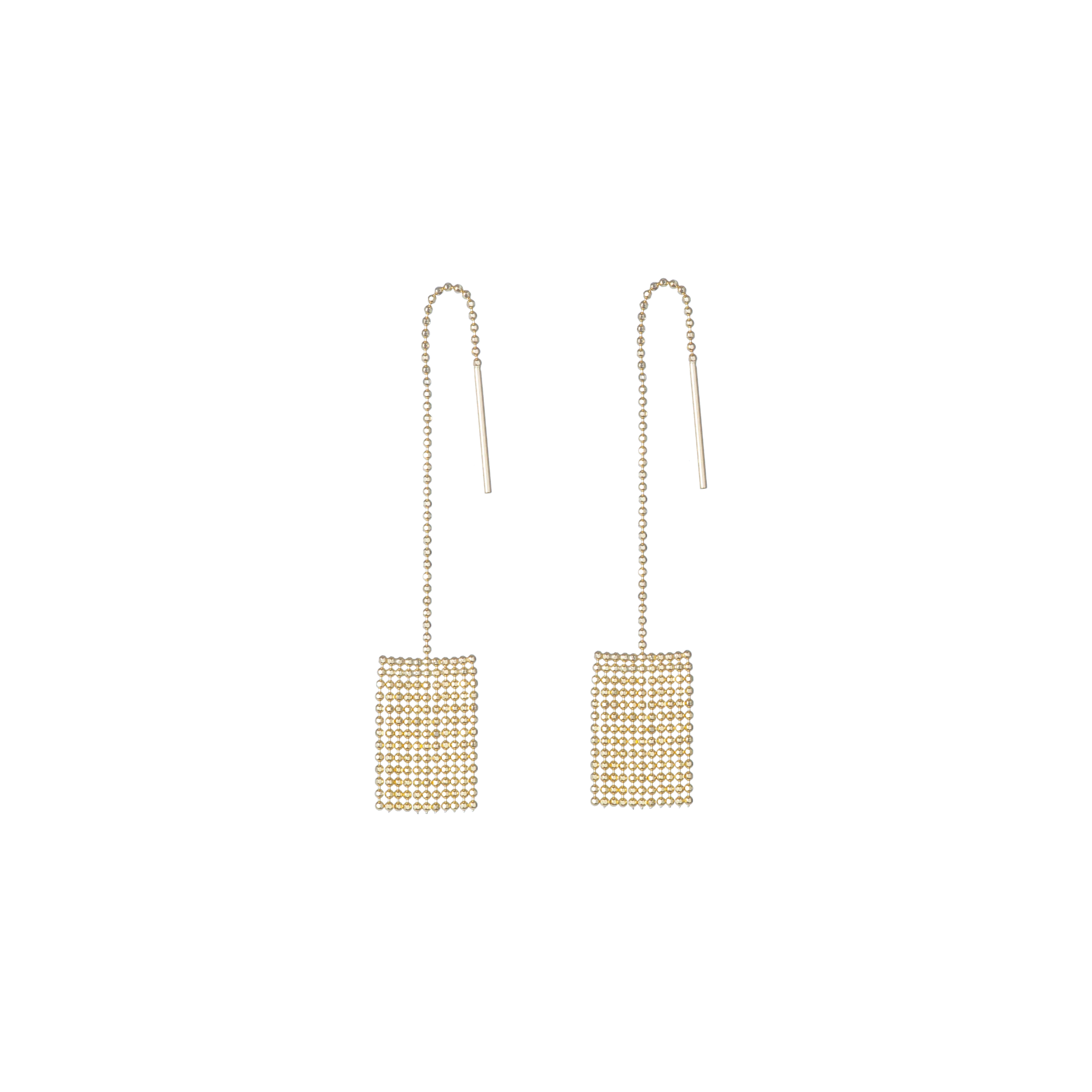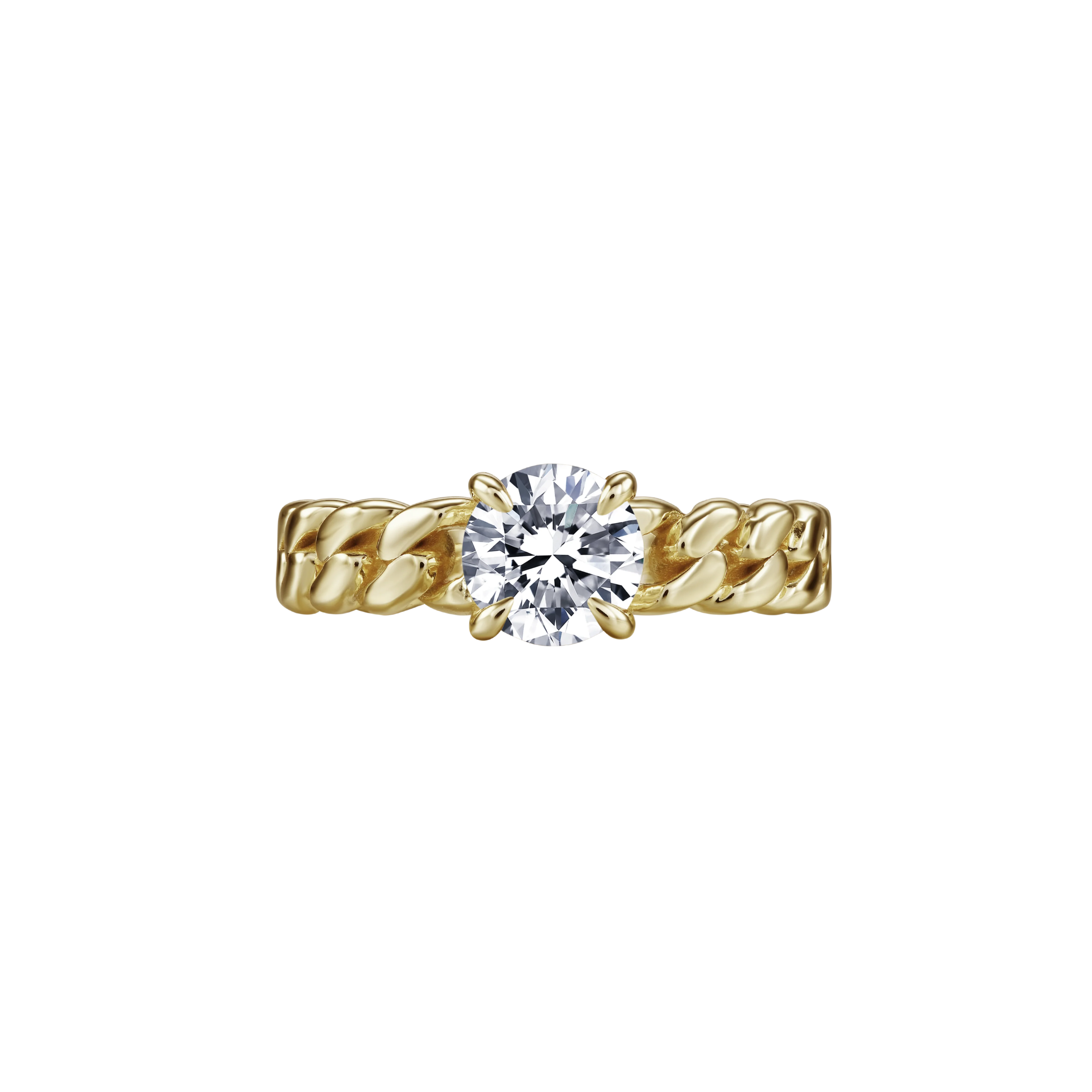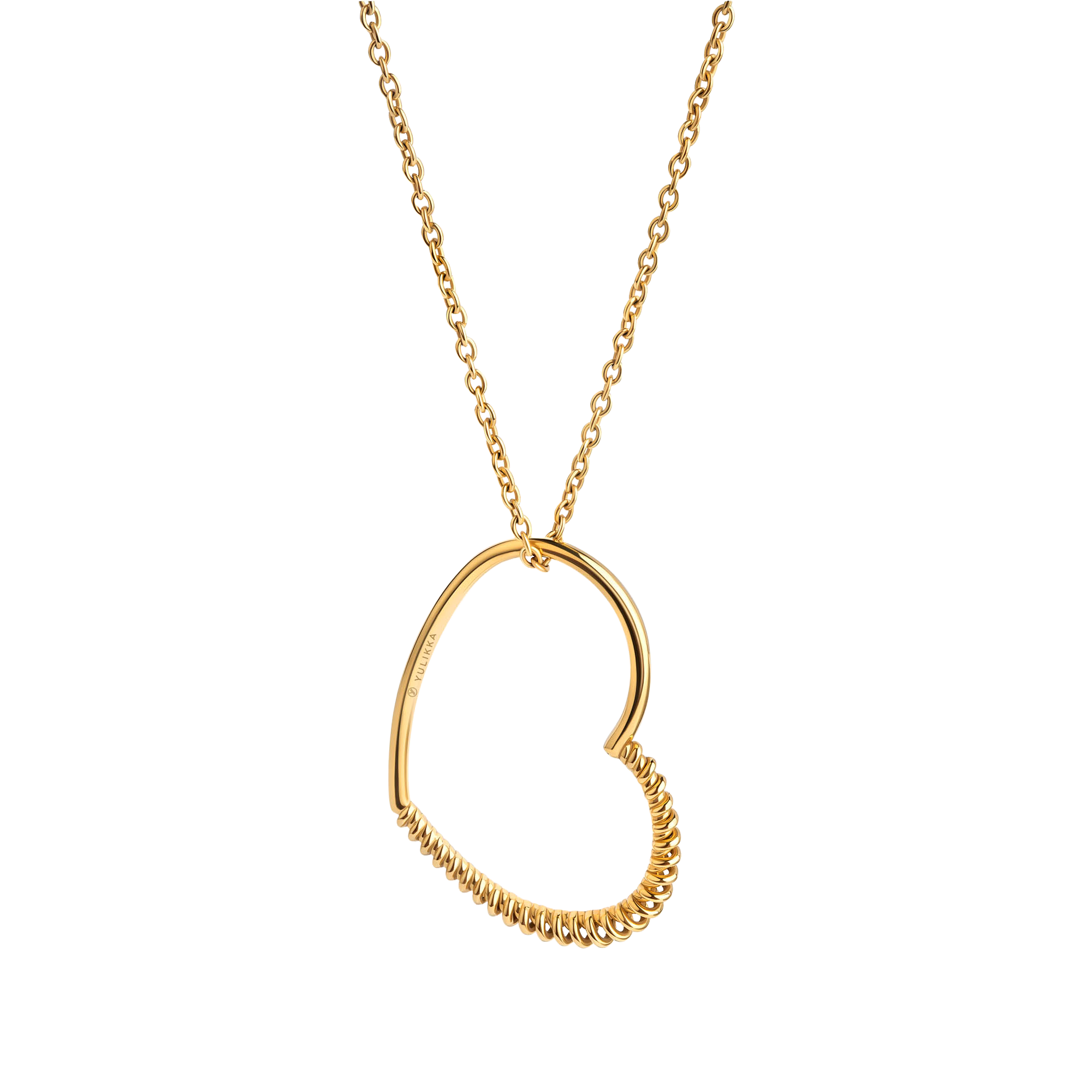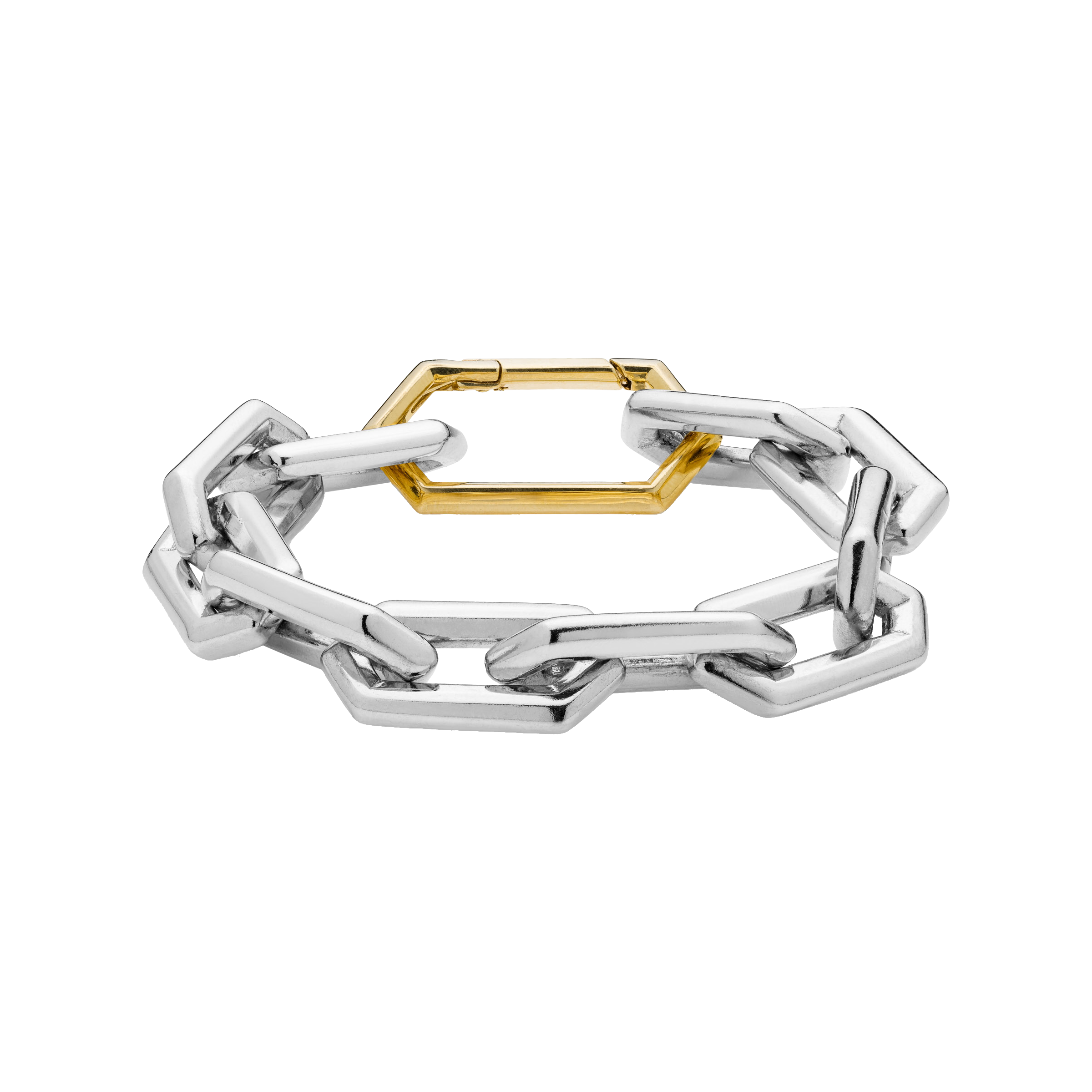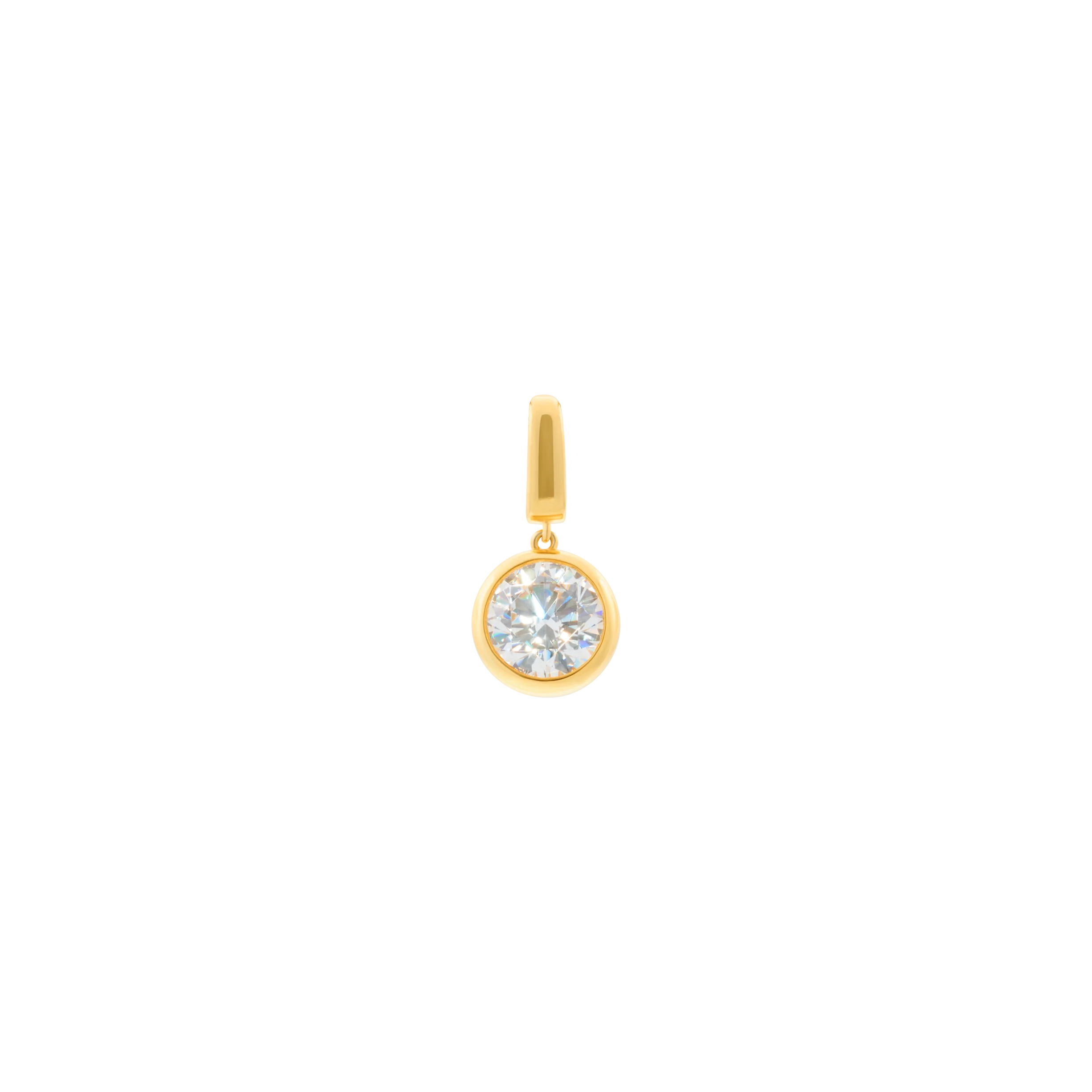Independent verification of the highest sustainability standards.

The Future of Lab-Grown Diamonds
Lab-grown diamonds have taken the jewelry world by storm as Earth-friendly and innovative options for contemporary jewelry pieces.
In this article, we dive further into the promising future of lab-grown diamonds, focusing on cutting-edge advancements, innovation, and environmentally mindful trends.
Let's backtrack. What exactly are lab-grown diamonds?
Lab-grown diamonds (LGDs), man-made, cultured, or synthetic diamonds, are produced in a lab using advanced processes that replicate the natural geological process.
Essentially, these LGDs have the same physical, chemical, and optical properties as naturally formed diamonds, making them virtually indistinguishable to the naked eye. So much so that to reliably identify lab-grown diamonds, scientists and gemological experts use spectroscopic devices and techniques that analyze unique markers resulting from their growth conditions.
When did this all begin? Well, the development of lab-grown diamond technology can be traced back to the 1950s, primarily used for industrial applications like cutting tools and saws. Recent technological advancements and innovation make it commercially viable at this time to produce gem-quality stones.
In 2018, the US Federal Trade Commission (FTC) revised its guidelines to include lab-grown stones within the definition of diamonds.

Celebrity love for lab-grown diamonds
LGDs have gained significant celebrity endorsements and support in recent years. Leonardo DiCaprio a World-renowned environmental activist, invested in the lab-grown diamond company, Diamond Foundry back in 2015.
Emma Watson, the world's favorite Hermione Granger in the "Harry Potter" films, and activist, has worn lab-grown accessories several times, including at the Vanity Fair Oscars afterparty in 2019. Other celebrities, Zendaya, Zoe Kravitz, Lady Gaga, Rihanna, and Nikki Reed, have also worn or endorsed lab-grown diamonds.
A thriving lab-grown diamond industry
Increased customer demands
The lab-grown diamond industry has experienced remarkable growth over the past decade, as noted by financial analyst Paul Zimnisky. The market for these lab-created diamonds has skyrocketed to nearly $12 billion by 2022, an incredible leap from $1 billion in sales back in 2016. But that's not it—projections suggest the lab-grown diamond market will continue to shine and reach an astonishing $49.9 billion by 2030.
Evolving market dynamics
The rapid demand for LGDs is a reflection of evolving consumer preferences and attitudes. Recognizing this trend, renowned jewelry retailers such as Pandora and Swarovski, have ventured into the market of lab-grown jewels. More recently, LVMH-owned Prada has also joined the ranks, unveiling its fine jewelry collection adorned with lab-grown diamonds.
So, with the use and notoriety of LGDs, where are we headed next? What's the future?
Lab-grown diamonds unleash creative freedom
When you have more access to LGDs, there's more you can do with them. These diamonds have provided jewelry designers with the creative freedom to explore uncharted aesthetics and designs. The consistent quality, customizable shapes, generous sizes, and vibrant hues of lab-grown diamonds have opened up infinite possibilities for designers to bring their imaginations to life.
With lab-grown diamonds, designers are no longer bound by the limitations set by nature and can now test and experiment more, crafting unique and intricate pieces that have never been seen before on the market.
One notable label in the lab-grown diamond scene is Unsaid, a contemporary jewelry provider that skillfully translates emotions into symbolic jewels. Unsaid has reimagined the classic pear shape with a rare cutting technique that removes the pavilion, resulting in a unique and translucent gem.
Unsaid's innovation doesn't stop there. Its Phoenix cut takes creativity to new heights, capturing the grace and strength of a phoenix with elongated diamonds converging in four distinct lines, forming the captivating silhouette of rising wings.

Lab-grown diamonds are good for the future
As the world shifts towards a more sustainable and low-carbon future, lab-grown diamond growers and jewelry brands are at the forefront of embracing these new sustainable and conscious practices.
Renewable-energy production methods
For instance, De Beers' lab-grown diamond brand, Lightbox Jewelry, has taken significant strides in conscious practices by investing in a 100% renewable wind energy supply for the synthesis phase of producing lab-grown diamonds. This shift has led to a substantial 79% reduction in potential emissions, demonstrating their commitment to decarbonizing business operations and addressing climate change.
Carbon capture technology
Aether Diamonds, based in New York's 'Diamond District', is the world's first maker of carbon-negative diamonds and a certified B-Corporation. They leverage pioneering direct air capture (DAC) technology to remove excessive carbon dioxide from the atmosphere in the Swiss Alps, converting it into precious stones. By powering its manufacturing process with carbon-free energy, Aether Diamonds achieves a net reduction in carbon emissions. Aether's groundbreaking approach highlights how lab-grown diamonds can drive sustainability efforts through innovation.
Conscious jewelry and circularity
At The Future Rocks, conscientious jewelry made from high-quality materials, recycled metals, lab-grown diamonds, and gemstones is at the heart of our jewelry universe. Drawing together future-forward jewelry designers that span across the globe, we cultivate a community of innovators united in shared values.
Technological advancements are expanding possibilities beyond jewelry
Chemical vapor deposition (CVD) and high-pressure, high-temperature (HPHT) are two ways of making lab-grown diamonds.
Researchers and scientists are refining these techniques to further produce lab-grown diamonds. These advancements lead to larger, higher quality diamonds that have the same appearance and chemical composition. As technology improves and more efficient and lower-cost production methods are developed, lab-grown diamonds will become increasingly accessible and desirable to consumers.
While jewelry currently represents around 10% of lab-grown diamond revenue, these diamonds have applications beyond a jewelry piece. Instead, they find essential uses across various industries, including medical, scientific, industrial, and computational fields.
For example, their hardness and thermal conductivity make them suitable for cutting tools and heat management in electronics. Additionally, their optical properties are utilized in lasers, sensors, and medical imaging devices.
The big picture
The future of lab-grown diamonds looks bright and promising. Changing consumer demand, technological advancements, and the design flexibility offered by lab-grown diamonds further contribute to their growing popularity.
As more consumers seek to innovate in the jewelry industry, lab-grown gems are well-positioned to meet their demands. By combining sustainability, innovation, and creativity, lab-grown diamonds are shaping the future of the jewelry industry.

